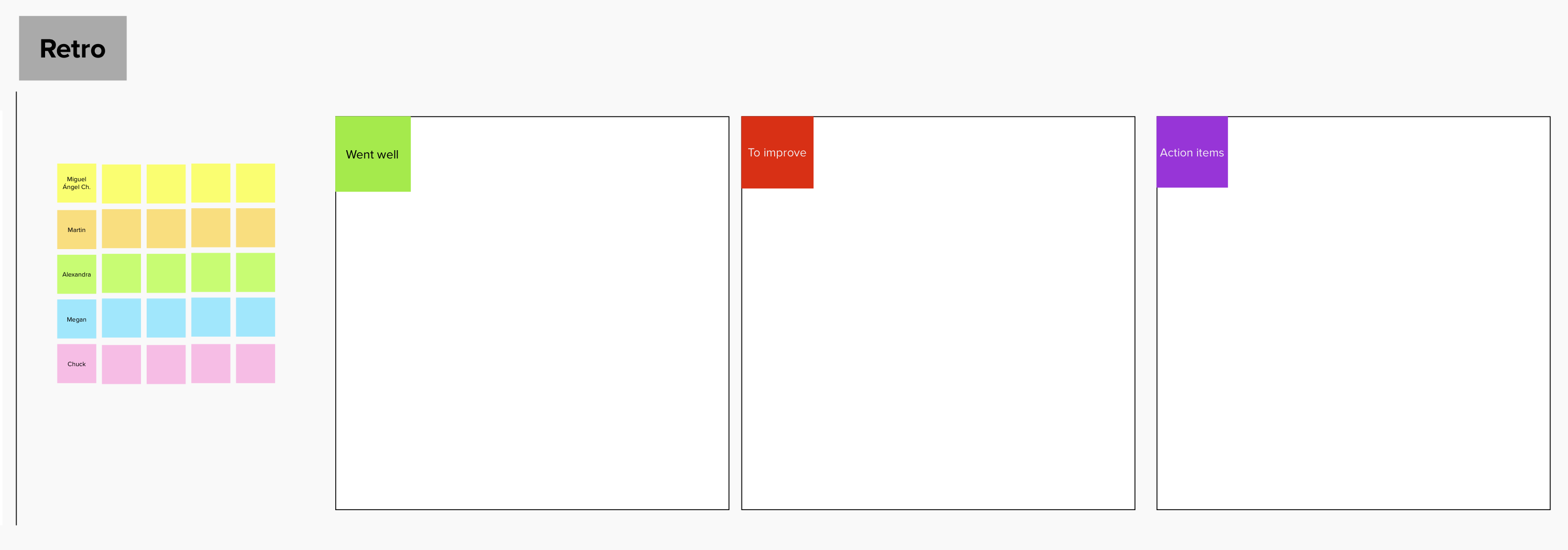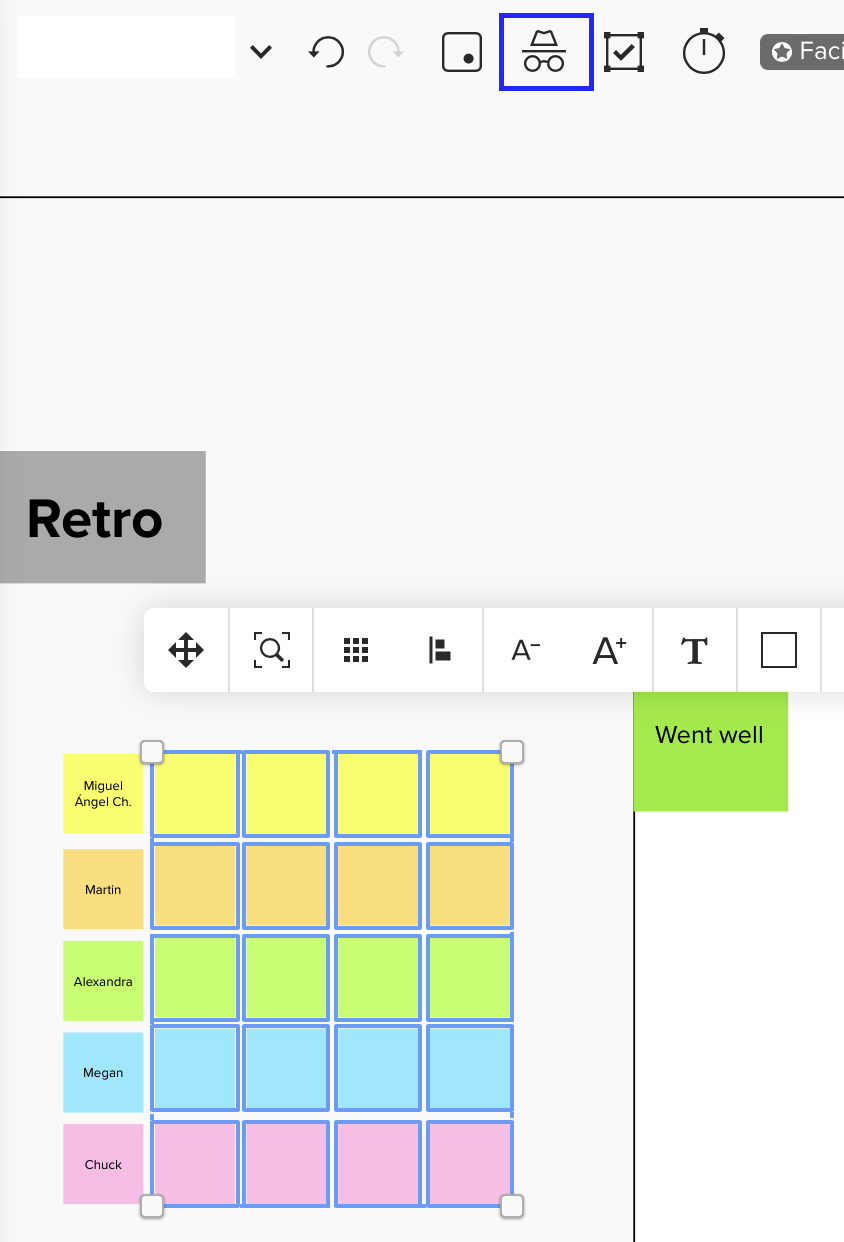Strengthen Your Team Relationships and Take Your Team to the Next Level
Looking to strengthen your role as a team leader? Read how in this post that focuses on the communication and relationships of every monthly and weekly meeting.
Join the DZone community and get the full member experience.
Join For FreeIntroduction
In our day-to-day, and mainly, in the positions of full remote work, the dedicated time to achieve our tasks and objectives is covered with squalls of meetings (clients, troubleshooting, at a company or team level, dependencies with other people, etc.), and we forget some important factors such as:
- Communication and relationship: Of every monthly and weekly meeting; What percentage do I dedicate to strengthening my relationship with the team to get to know them better and know how they are doing, what motivates them, what concerns them, their hobbies, etc?
- Target: What is the purpose of the meeting? Personal to connect and build relationships with my colleagues or for work purposes? I have a 30-minute meeting to agree on estimates and 15 minutes have been for off-topic discussions.
- Time value: Is the meeting necessary or can the goal of collaborating asynchronously be met? I attended the meeting but, did I have something to contribute or did I learn something that will help me in the future?
In this article, we will focus on the communication side, in which, besides strengthening, we will get feedback that will allow us to improve personally and as a team to also offer a better service and a better quality.
Communication
Meetings
These meetings are essential to show appreciation for each team member. These sessions allow you, as a leader, to change from a formal setting to a less traditional one, generating greater mutual trust and being able to delve into more personal topics honestly and calmly. For this model to work effectively there are a few things to keep in mind:
- Do not be late for meetings and avoid cancelling them as much as possible. In case it is unavoidable, justify it with the other person because, otherwise, it can be considered as a lack of respect showing signs of "you are not important enough for me," "I don't have time for you," or "you are not my priority at the moment."
- As in all other meetings, prepare in advance by asking what topics you would like to discuss during the meeting. Some interesting topics for conversation include the person's performance, 1:1 retrospective, ideas, proposals, recognition, personal concerns or motivations, etc.
- The objective of the 1:1 meeting organizer is to listen and give advice without prejudging. The keys are to ask and listen, trying to keep the most important details in a note or, better yet, recording the meeting. This can show 100% attention to the person and enables you to transfer to text a compilation of the details.
- Demonstrate your interest in the person, not just listening to them. After the meeting, if you have any requests on your side (and they are realistic) take the appropriate actions to fulfil them and commit to him/her. Show that you care about the person and want the best for him/her.
- How often should we hold these meetings? It is recommended that, for the more junior profiles, they should be taken with more frequently so that they feel supported and protected in their early stages and their most insecure moments. However, for the rest of the profiles, if everything is going well, it is not necessary to hold them so frequently. The specific frequency depends on many factors: How often do I usually talk to that person, do I think or see that he/she is worried about a high workload or frustrated with some task...
Retrospectives
Retrospectives are a kind of "ceremony" or meeting that comes from Agile methodology philosophies and whose objective is to reflect, comment, and elaborate ideas about what has been learnt to evolve and improve the team for the future.
Types/Groups
- At the end of a sprint using Agile methodologies.: At the end of a cycle and having delivered a new product release and/or a series of tasks to the team with a start and end date, e.g. a 2-week sprint
- Internal team retrospectives regardless of whether Agile methodologies are used or not: For example, a consulting team in which team members provide services to different projects/multi-project; For this model, as for the previous one, its purposes are similar, which are to find and define a list of improvements to keep growing and offer better results. How long should I take as a reference, as it is not measured by sprints? Normally 1-2 months.
Tools
For this type of ceremony, a physical or virtual whiteboard and tickets/post-its are used. There are some online tools such as:
- Mural.co: Recommended; Very easy to use but with limited dashboards. You can check on their website for the comparison of the different editions and select the most suitable for you.
- miro.com: The alternative most similar to the previous option
It is very important to choose a collaborative whiteboard allowing several users to interact on it at the same time.
There are other tools where you don't need to set up the retrospective in a whiteboard such as reetro.io, teamretro.com or scatterpoke.com.
Topics and Organization
First of all, organize it in such a way that each person involved can intervene and speak. How? By defining a ticket/post-it in each colour with the name of the person and several empty post-its next to their name that they will use during the retrospective to write down their opinions and ideas as in the following example:

From here, we will organize the board with the following blocks and in the following order:
Went well: What went well and what did I like about this sprint or this phase?
- Very good communication in the team and great support and being able to move on my X-tech tasks faster
- The dailies have been shortened by 15 minutes and everyone gets to talk about their tasks in that time.
- Transparency; Information about what the leaders are doing is shared with the rest of the team. Proposals for new projects, future news, etc.
- Tasks are better estimated and defined in the refinement sessions.
To improve: What could be improved? What do I see that is not being done properly or is causing me concern? Why have we not met the objectives of the sprint or those defined at this stage? Some examples:
- Not enough documentation in Confluence, and information is not shared.
- Poor meeting organization: All the team go to the same meeting when in fact we could organize ourselves much better.
- Too many tasks in this sprint without taking into account dependencies with other teams.
Always communicate in a calm and positive tone or manner and avoid creating bad feelings when commenting on points to improve.
Action items: Once the points for improvement shared by the team are known, it is time to draw up a list of actions to be taken to resolve them in the short or long term. The team leader will be in charge of working with the team on all these actions and, above all, moving them forward so that they do not fall into oblivion. Some examples:
- Spend 15-30 minutes a day adding documentation in Confluence.
- Try to split some meetings between the team.
- In the next sprint, take into account dependencies with external teams beforehand.
If a lot of ideas come up in this block, take a vote to decide on the most immediate priorities.
How To Organize It
- You, as the leader, should be the moderator who leads and controls the retrospective.
- You should manage the time well. He/she will establish a time that will be timed and controlled for; dedication to think and write on tickets/post-its the opinion in the corresponding block/section and the time that each person will have to explain the written points. The time defined will depend on the dedication to the meeting. A 1h session is recommended for a group of 4-6 people.
- You should have previously prepared the board with the defined structure and blocks. For example:

5-10 minutes: First, the organizer will lead people from the first block, "What went well?" He/she will mark a time limit and each person should write his/her opinion and move his/her card or post-it to the box. "Opinion or idea, about what?" is what went well in the sprint or on the timeline from the last sprint until now.
From the Mural tool, there is a timer at the top that will warn us when the defined time is up:

On the other hand, and as an extra feature, this tool has a private mode that prevents ideas and opinions from being copied between the different people in the meeting. How does it work? Select the empty cards or post-its where they are going to write and select the "Private Mode" option.

Is there a limit to the number of cards in a block? No, on the contrary, the more ideas and opinions that are contributed, the more improvement actions will be obtained and the more team feedback we will get.
Once the time is up, our block should have the cards with each person's information.

After finishing, it is time for each person, in the order set out on the cards vertically, to comment in a little more detail on the ideas and opinions on the board, using 5 minutes per person. Repeat the same process with the remaining two blocks.
Dailies
The daily is a 15-minute meeting with the members of your team in which all of you synchronise the activities that are occurring (not necessarily when working with sprints) and plan the activities for the next 24 hours.
The goal is to know the process of each person's tasks and to be able to raise a hand if there is a blockage, dependency or problem with a specific task. In addition, it will allow us to know what others are working on and to be able to coordinate with someone in the case of dependent tasks, or to be able to help other colleagues.
If my team uses a project management tool (Jira, Trello, Asana, Monday, etc.) where we have a dashboard with all the team's tasks sorted by status, the team leader will ensure on the daily meeting that each task is up to date with a full description, status (In Progress, Done, Blocked), and log time.
Note: The description of the status of a task should be brief so that the whole team has time to talk. Avoid talking in-depth about technical issues and problems and deal with that particular issue in a separate meeting. In this way, we will better manage the time of the rest of the team that is not involved in the problem or issue.
Some of the notes and points described have been taken from the "Teletrabajo - Autogestión y liderazgo de equipos" book by @Francisco Rábano. Highly recommended to evolve your team in times of teleworking.
Opinions expressed by DZone contributors are their own.

Comments